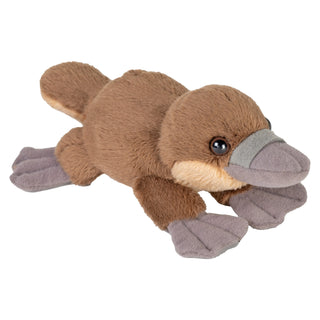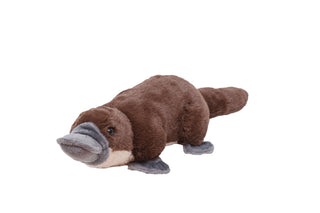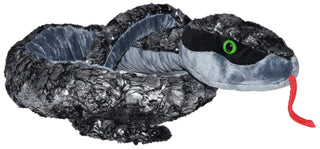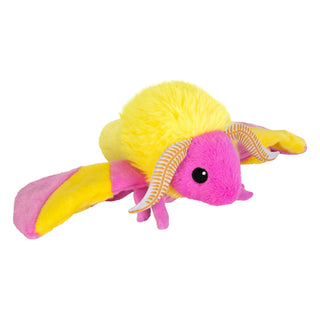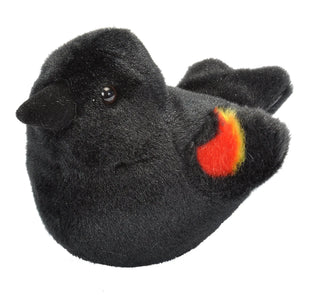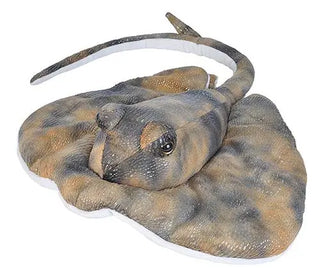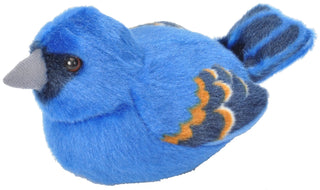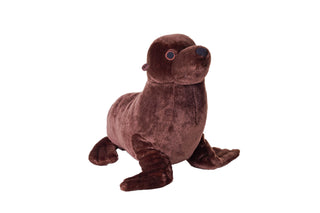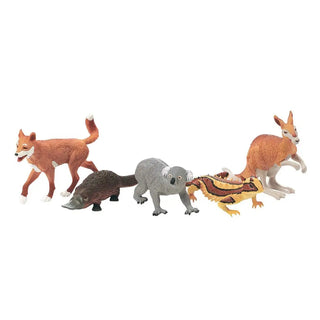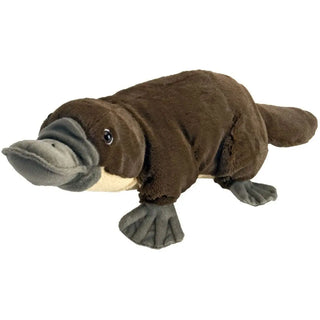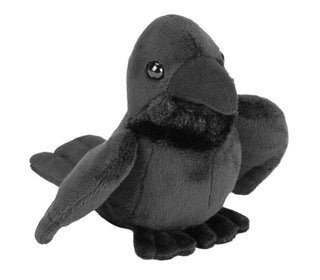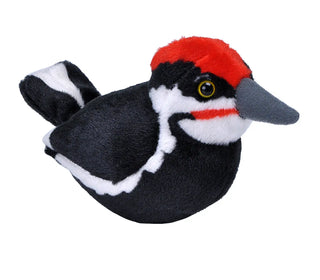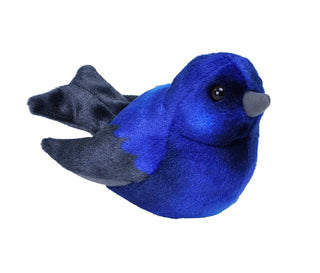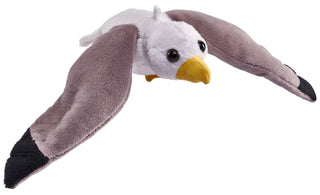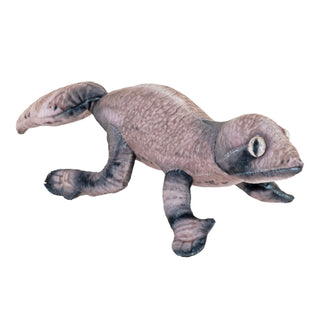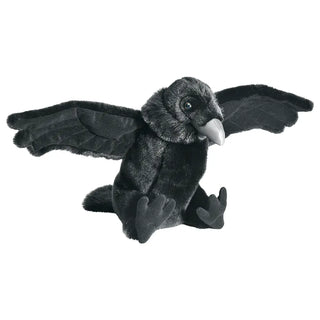Your Search For "platypus" Revealed The Following:
Filter
Active Filters
Pocketkins Eco Platypus Stuffed Animal - 5"
$8.99
- Unit price
- / per
INCLUDES:
- Age:0+
- Brand:Pocketkins Eco
- Gender:Boy
- Gender:Girl
- Size:5"
$8.99
- Unit price
- / per
Cuddlekins Platypus Stuffed Animal - 8"
$12.99
- Unit price
- / per
INCLUDES:
- Age:0+
- AnimalType:Platypus
- Brand:Cuddlekins
- Gender:Boy
- Gender:Girl
- Platypus
- Size:8"
$12.99
- Unit price
- / per
Silver Metal Heads Snake Stuffed Animal - 54"
$26.99
- Unit price
- / per
INCLUDES:
- Age:0+
- AnimalType:Snake
- Brand:Snakesss
- Gender:Boy
- Gender:Girl
- Size:54"
- Snake
$26.99
- Unit price
- / per
Cuddlekins Eco Rosy Maple Moth Stuffed Animal - 12"
$24.99
- Unit price
- / per
INCLUDES:
- Age:0+
- Brand:Cuddlekins Eco
- Gender:Boy
- Gender:Girl
- Size:12"
$24.99
- Unit price
- / per
Audubon II Red-winged Blackbird with Sound - 5"
$12.99
- Unit price
- / per
INCLUDES:
- Age:0+
- AnimalType:Red-winged Blackbird
- Brand:Audubon Birds
- Features:With Sound
- Gender:Boy
- Gender:Girl
- Red-winged Blackbird
- Size:5"
$12.99
- Unit price
- / per
Southern Ray Stuffed Animal - 15"
$22.99
- Unit price
- / per
INCLUDES:
- Age:0+
- AnimalType:Ray
- Brand:Cuddlekins
- Gender:Boy
- Gender:Girl
- Ray
- Size:15"
$22.99
- Unit price
- / per
Audubon II Blue Grosbeak Stuffed Animal - 5"
$12.99
- Unit price
- / per
INCLUDES:
- Age:0+
- AnimalType:Blue Grosbeak
- Blue Grosbeak
- Brand:Audubon Birds
- Features:With Sound
- Gender:Boy
- Gender:Girl
- Size:5"
$12.99
- Unit price
- / per
Cuddlekins Eco Sea Lion Stuffed Animal - 12"
$24.99
- Unit price
- / per
INCLUDES:
- Age:0+
- Brand:Cuddlekins Eco
- Features:Eco
- Gender:Boy
- Gender:Girl
- Size:12"
$24.99
- Unit price
- / per
Polybag of Australian Figurines
$20.99
- Unit price
- / per
INCLUDES:
- Age:3+
- Brand:Wild Republic Polybags
- Features:Eco
- Gender:Boy
- Gender:Girl
$20.99
- Unit price
- / per
Platypus Stuffed Animal - 12"
$22.99
- Unit price
- / per
INCLUDES:
- Age:0+
- AnimalType:Platypus
- Brand:Cuddlekins
- Gender:Boy
- Gender:Girl
- Platypus
- Size:12"
$22.99
- Unit price
- / per
Pocketkins Eco Raven Stuffed Animal - 5"
$8.99
- Unit price
- / per
INCLUDES:
- Age:0+
- Brand:Pocketkins Eco
- Gender:Boy
- Gender:Girl
- Size:5"
$8.99
- Unit price
- / per
Audubon II Pileated Woodpecker Stuffed Animal with Sound - 5"
$12.99
- Unit price
- / per
INCLUDES:
- Age:0+
- AnimalType:Pileated Woodpecker
- Brand:Audubon Birds
- Features:With Sound
- Gender:Boy
- Gender:Girl
- Pileated Woodpecker
- Size:5"
$12.99
- Unit price
- / per
Audubon II Purple Martin Stuffed Animal with Sound - 5"
$12.99
- Unit price
- / per
INCLUDES:
- Age:0+
- AnimalType:Purple Martin
- Brand:Audubon Birds
- Features:With Sound
- Gender:Boy
- Gender:Girl
- Purple Martin
- Size:5"
$12.99
- Unit price
- / per
Pocketkins Eco Sea Gull Stuffed Animal - 5"
$8.99
- Unit price
- / per
INCLUDES:
- Age:0+
- Brand:Pocketkins Eco
- Features:Eco
- Gender:Boy
- Gender:Girl
- Size:5"
$8.99
- Unit price
- / per
Coilkins Leaf Tailed Gecko Stuffed Animal - 12"
$16.99
- Unit price
- / per
INCLUDES:
- Age:0+
- Brand:Coilkins
- Gender:Boy
- Gender:Girl
- Size:12"
$16.99
- Unit price
- / per
Raven Stuffed Animal - 12"
$22.99
- Unit price
- / per
INCLUDES:
- Age:0+
- Brand:Cuddlekins
- Gender:Boy
- Gender:Girl
- Size:12"
$22.99
- Unit price
- / per
You're viewing 1-16 of 16 results

